We all want to keep our chickens happy and healthy.
One way to do this is to get to know the different things that could harm them.
Today, we will be talking about vent gleet in chicken. We will help you identify it, and then we will all go through its causes. Of course, we will also be talking about treatment and prevention as we do not want it on our chickens!
What is Vent Gleet?
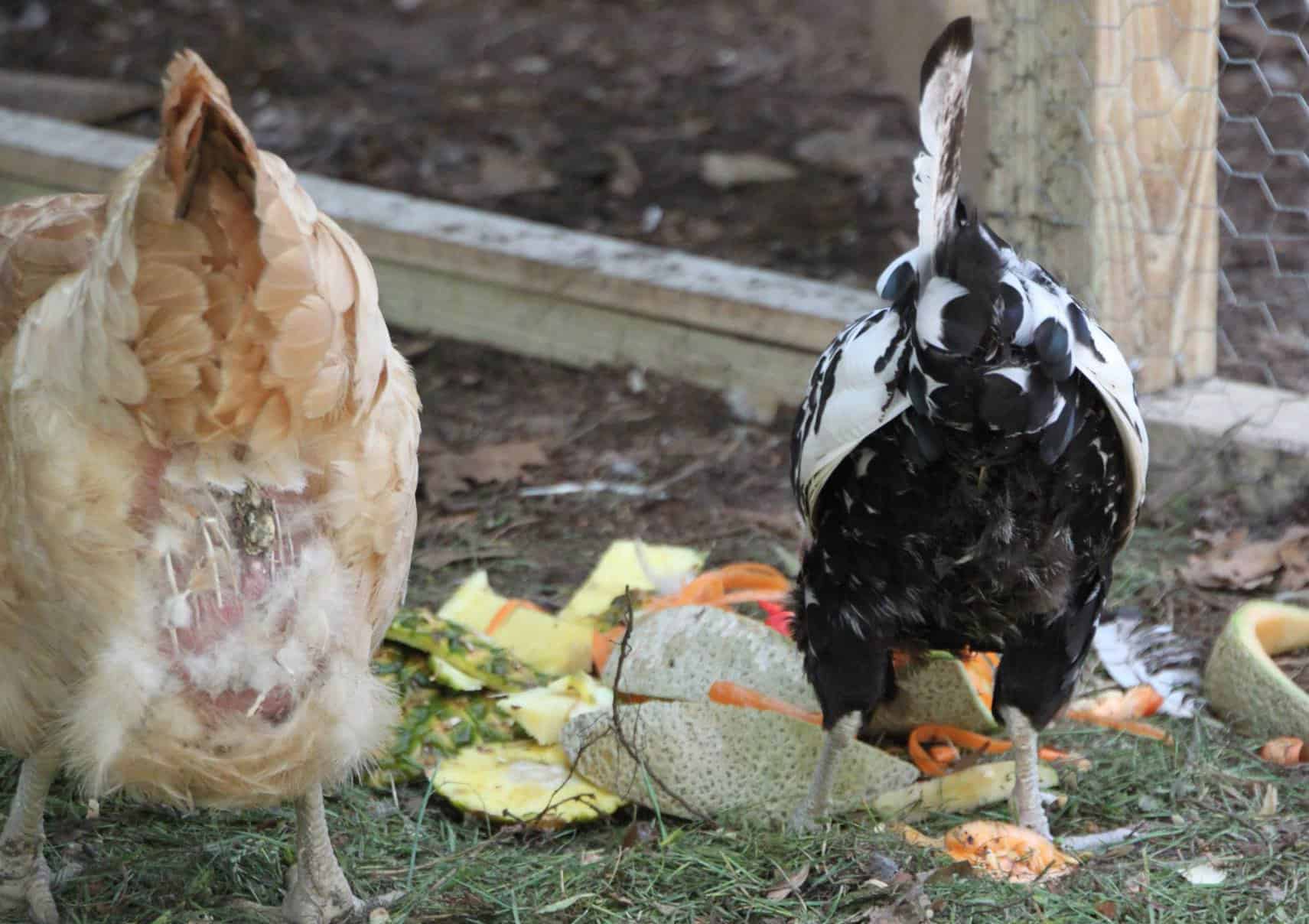
First thing, first. What is vent gleet?
Different people would give you different definitions. They are mostly similar, and you can be sure that they are still referring to the same condition. The distinction becomes blurry when it comes to specifics.
The confusion comes from the fact that vent gleet is not a disease per se. It is more of a symptom. The confusion deepens with the fact that it could have different causes.
So, again, what is vent gleet?
In this discussion, we will define vent gleet as the infection and inflammation of the cloaca.
Vent gleet can affect poultry quite severely. It causes inflammation and lesions in the vent area, resulting in difficulty laying eggs, bloody droppings, uneven toes tremors, or jerking movements of the legs.
It’s a common ailment among chickens marked by infection and soreness around its cloaca. The place is most commonly used for waste disposal, egg-laying, and reproduction.
Typically it’s triggered by an overgrowth of yeast or fungi, typically Candida species affects this part of a chicken’s body. Contributing factors to these issues could range from a high-sugar diet to weak immunity due to other diseases. This happens as a fungal infection has made itself at home in the digestion tract and won’t shake off easily any time soon!
Identifying Vent Gleet
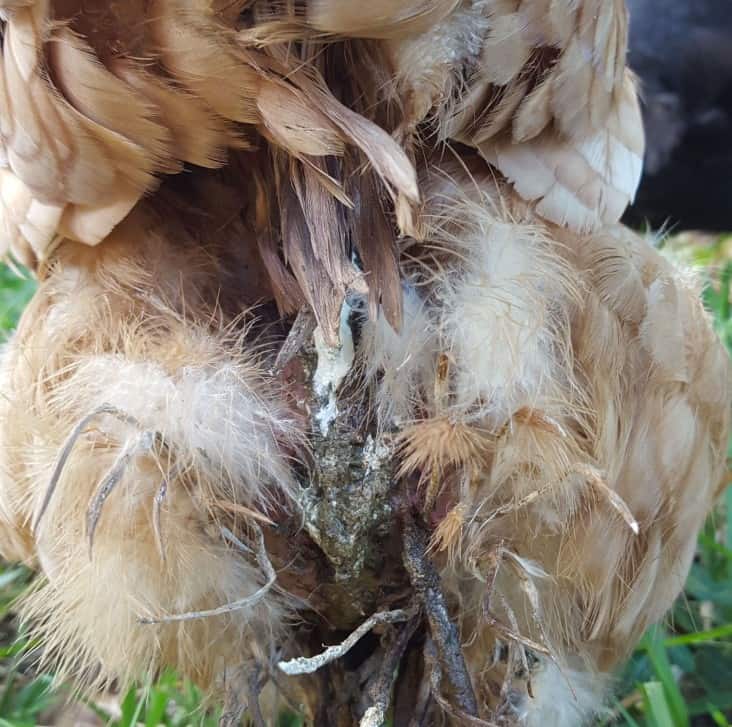
Vent Gleet is not easy to notice in its initial stages. Your chickens might look alright when it first starts.
That is why you would want to keep an eye out for the fluffy butts of your feathery friends if you want to catch and treat your chicken before it gets worse.
However, sooner or later, you will notice.
Vent gleet will cause your chickens to have a discharge that is whitish or yellowish in color. Also, their rear-end feathers might be crusting, getting covered with poop, or straight out begin to go missing.
If you do not see it immediately, your nose will tell you there is something wrong. When a chicken has a vent gleet, there would be a foul smell on your coop that you and your chickens will not be able to ignore.
Some other signs would be a sour crop and a swelling in their abdomen. However, these last two are a little harder to notice if you are new to the chicken community.
If you want to know more about sour crops, then you can go here.
What Causes Vent Gleet?
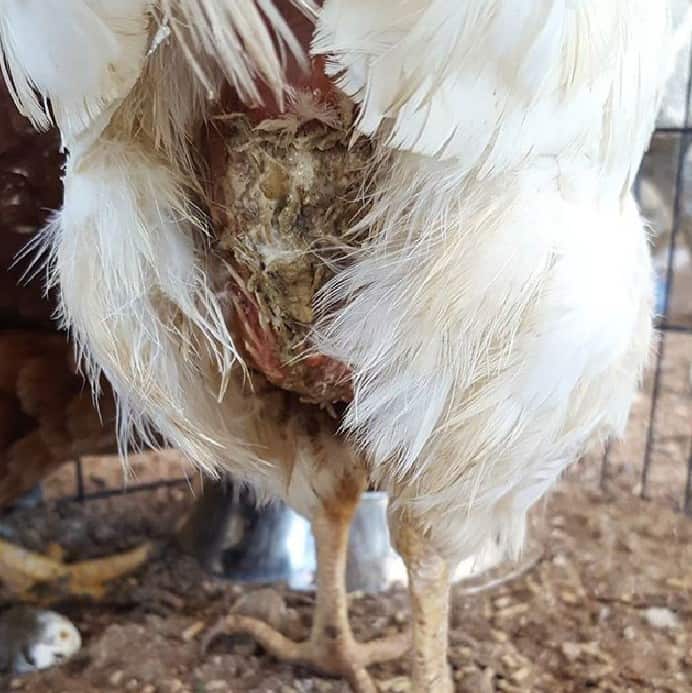
As we have already said, vent gleet has several causes. Here are some of the main reasons where the underlying root of the problem is.
Fungal and Yeast Infection
One of the most prevalent causes of vent gleet is fungal and yeast infections. Most typically, it came from the Candida species.
Symptoms typically include discolored discharges from the vent accompanied by redness and swelling of this area. Treatment typically includes topical antifungal medications administered over two to three weeks along with improved sanitation practices on the affected bird’s housing.
Poor Sanitation
Poor sanitation can lead to vent gleet in chickens due to overcrowded and unhygienic conditions. A higher concentration of feces, dead skin cells, bacteria, and other pathogens from multiple birds living in close quarters will create an environment favorable for fungal infection; Candida albicans is the leading fungal pathogen responsible for causing vulvovaginal infections such as vent gleet.
Additionally, a bird’s prolonged exposure to wet or damp surfaces creates an ideal environment for fungal growth. Lastly, new larvae parasites that are transferred through infected hens further increase the risk of pathology.
Food and Water
The cause could be as direct as feeding your chickens moldy food. Mold is harmful to your chickens. If you have read our feeding tips, you would see that we strongly suggest against giving your chickens this kind of food.
It could also be subtle. Not giving your chickens enough water could also be a cause.
Environment
Maybe the chickens are getting enough water. That may be true, but the water they are drinking might be contaminated.
Vent gleet could also be caused by stress, as it could increase the pH levels in the chicken.
What Does Not Cause Vent Gleet
It might be the best time to point out that vent gleet does not target your weakest chicken.
As you have seen with the causes, vent gleet has more to do with the environment than the chicken itself.
You could say the chicken that got affected with vent gleet just got the short end of the stick, which is why we should help her! So, let us talk about treatment next.
How Can I Treat Vent Gleet?
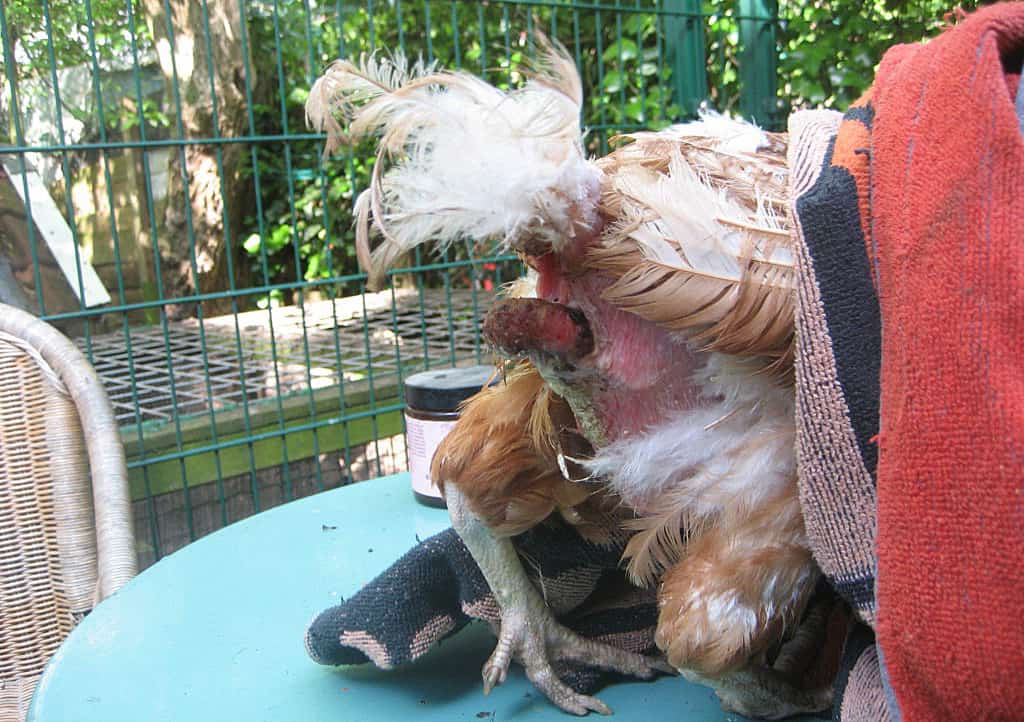
Unfortunately, vent gleet will not go away on its own. If we want to save our chickens and make this problem go, we need to take action.
Step 1: Separating the Chicken from the Flock
First, separate your chicken from the flock.
There are many chicken diseases and illnesses that are contagious. Vent gleet is not one of those things.
You want to separate the affected chicken from the flock to protect it. Chickens are curious creatures, and what does a curious chicken do? Peck! You do not want the bottom of your chicken to hurt more.
Place her somewhere safe, comfortable, and stress-free.
Step 2: Cleaning Your Chicken
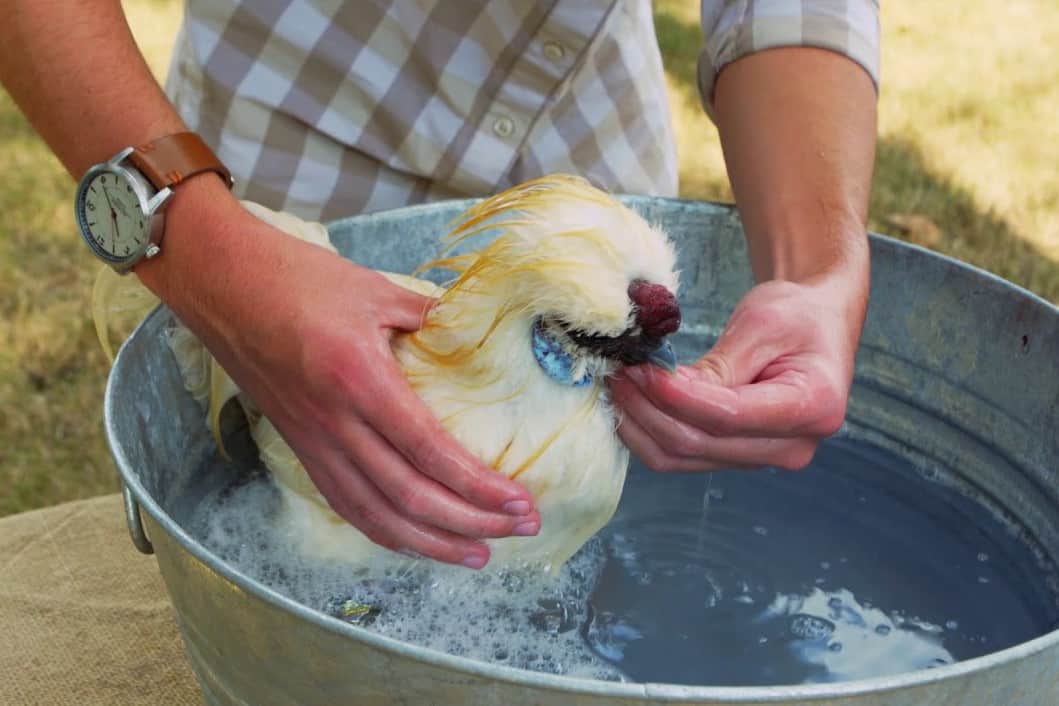
Next, you would want to clean her up.
Prepare a nice warm (not scorching) bath. It might also be a good idea to add a gentle cleaning agent in there.
Some suggest adding a few tablespoons of Epsom salt in there, but we do not advise that. Salt could be painful! Instead, you might want to use something like baby soap.
Soak her there for around a few minutes, and then gently dry her off. Make sure to get all the nasty stuff off of her butt! If it does not come off of her feathers, then you might want to get rid of those parts completely. Do not snip near her skin, as you might accidentally hurt her. Snip just enough to get her clean.
Step 3: The Remedies
After that, you would want to apply some over-the-counter antifungal cream on her rear end. Gently massage. Again, gently!
Repeat these steps as needed.
Also, you would want to give her clean vinegar water. Do not add too much! 1 tablespoon per 1 gallon should be enough. Additionally, you might want to use apple cider vinegar.
Giving her probiotics would also be a good idea. It could be from a supplement, or you can give her some plain yogurt daily. One tablespoon should be enough.
Step 4: Consult Your Vet
The treatment plan we discussed is only to help chickens who are not yet in the advanced stages.
If there’s no improvement after three days, it would be best to consult your vet.
In this case, you might want to give them some medicine. Again, it would be a good idea to consult a vet first.
If a vet is readily available to you, we suggest bringing your chicken in as soon as possible. Ideally, a vet consultation should be the first step rather than the last resort.
Hard time finding a vet? Check this directory out.
How Can I Prevent Vent Gleet?
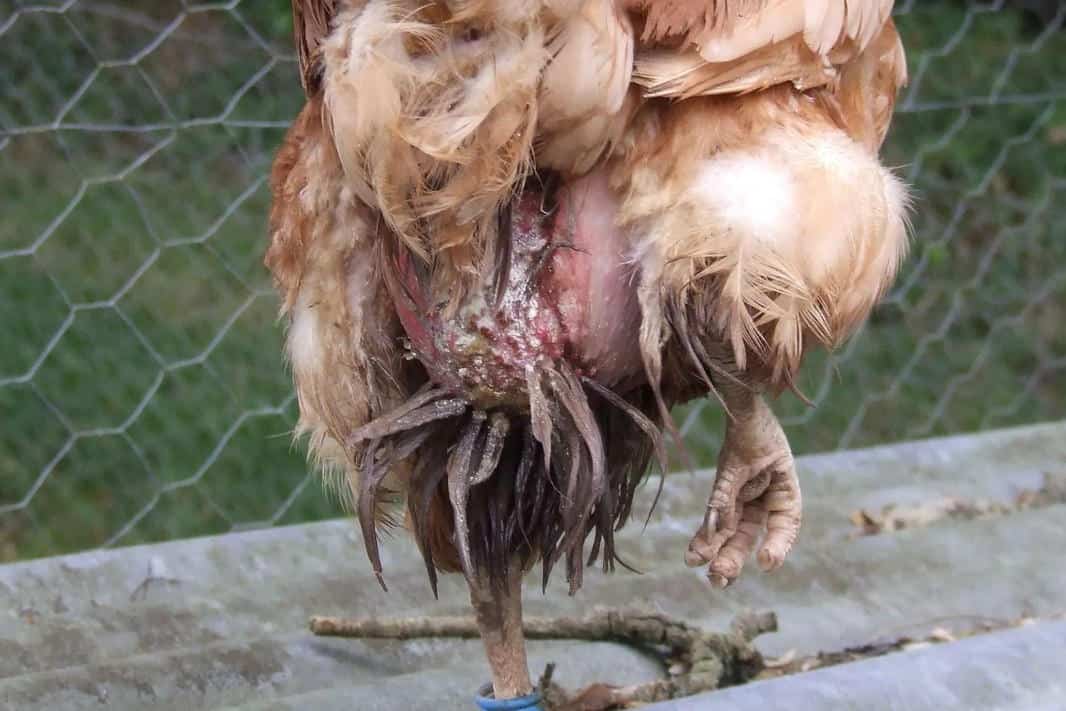
Diet
Providing your chickens some treats is alright, but make sure it is not taking up more than 10% of their diet. The first step to prevent vent gleet is to give your chickens a balanced diet.
You might also want to provide them with vinegar water from time to time from now on. With this, make sure your waterer is plastic or rubber if you do! A metal waterer might corrode with vinegar water. Additionally, using organic and unpasteurized apple cider vinegar would yield the best results.
If you decide to give vinegar water to your chickens, you might want to add a waterer with plain water too. Even with only a tablespoon for 1 gallon, some picky chickens will give it a taste and decide it is just not for them.
If you want to know more about vinegar water, then you can go here.
Also, giving them some plain yogurt from time to time would be great! It is a treat and a prevention supplement all in one.
Of course, as we have said earlier, avoid moldy food! Mold is harmful to them. Vent gleet is not even the worst that this kind of food could do to your chickens. With this, you might want to check your chicken’s feed from time to time to make sure it is dry and not moldy.
Cleanliness
Keep the coop, the run, and the pen clean!
Moreover, you might want to clean up after your chickens if possible. If you have noticed some nasty things sticking on their tushies for a while now, then you might want to help them with that.
If you do not have a dust bath, then it would also be a good idea to introduce one! Dust baths help your chickens clean themselves.
Stress
Try to make your chicken space as stress-free as possible.
If your chickens are often exposed to predator encounters and such, then you might want to start planning for a more secure coop, run, and pen. Predator encounters are one of the most stressful things chickens could face.
Also, if you have a big flock, you might want to look at how much space you are giving them. Chickens need their space. If they do not have enough room to roam, then they could get stressed.
If you cannot give them enough room, you might have to let go of some chickens. On the other hand, you can also try introducing some chicken toys to help with boredom and stress.
Trust us. You do not want a stressed chicken. Vent gleet is not the worst that could happen to a stressed-out chicken.
Summary
Today, we talked about vent gleet in chickens. We have talked about how to Identify it. Then we also talked about its causes, treatment, and prevention.
We believe you are now well equipped against vent gleet with this newfound chicken knowledge. If it comes – which we hope it does not – you will be more than ready to face it!
Want to know more about chicken health? You might want to check out our past discussions. See you and your feathery friend over there!
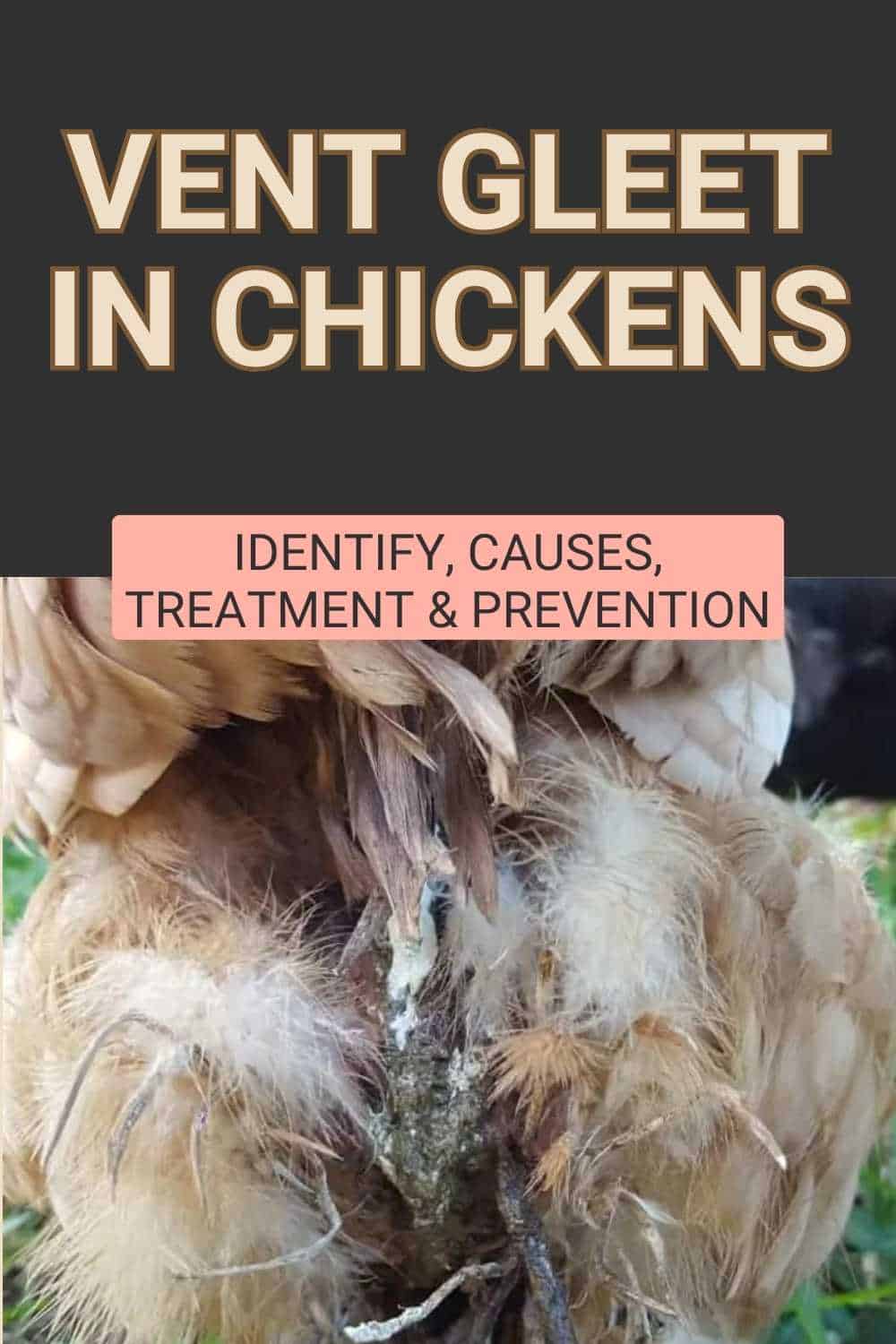

Joseph Hudson has been raising chickens for over 15 years. In 2018, he completed the Agriculture & Natural Resources program at Mt. San Antonio College. He currently raises over 1400 chickens on his 7.5-hectare farm. He keeps sharing his experience on raising healthy and happy chickens on Chicken Scratch The Foundry.
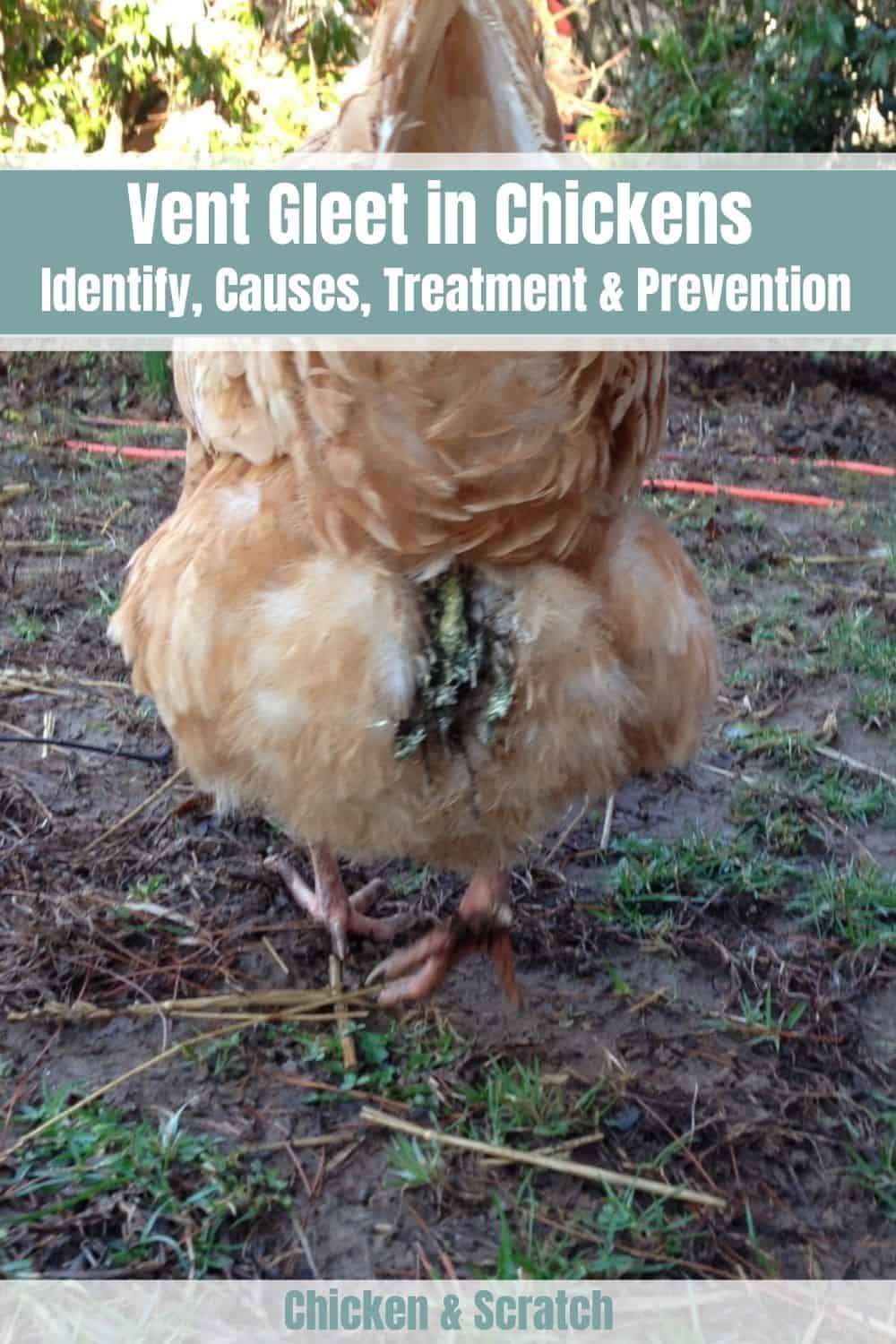
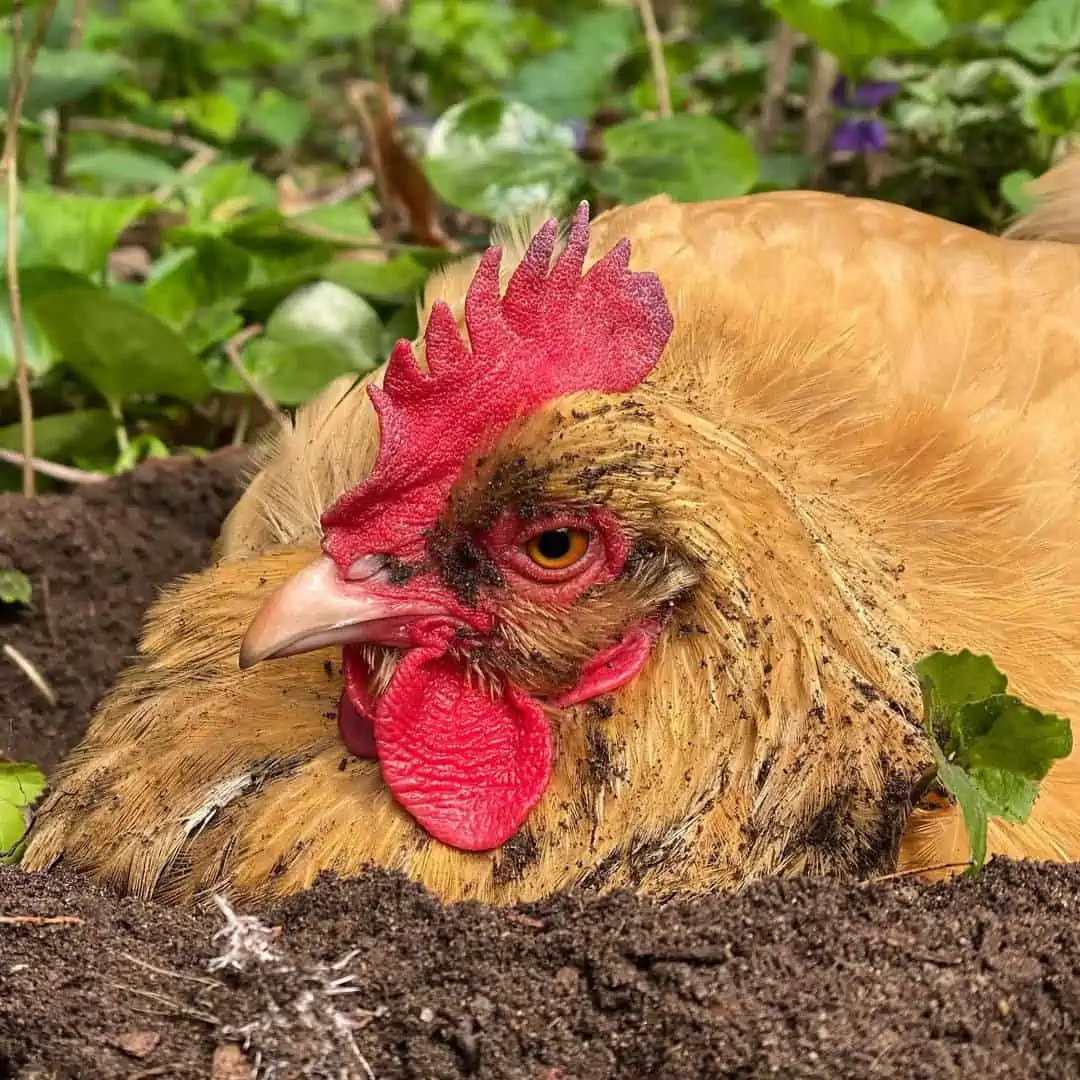







Thank you for a very informative and thoughtful article on this and so many more details of how we can and should take better care of our feathered family!
Thank you, our lavender Orpington hen has vent fleet. We will work with the suggestions you said thank you.
Thank you noticed it on my girl today she is 7 snd still lays the occasional egg. Just gave her a nice day in warm water, messaged the area and put her in a dark nest box. Crossing my fingers
Thank you we are just starting with chickens and all info is healpful.
God bless
I’ve been treating my year old hen for a month. Warm baths, massaging the area and apple cider vinegar water and nothing has helped.
I hate to see her miserable but I’m not sure how much more I can help.
Vet?
you could see a vet
I have had Vent Gleet problems with every single Leghorn hen we have had. Anyone else notice it to be more prevalent in Leghorns?
I just cleaned off the bottom of one of my Leghorns. My girls are 2.5 years old and I’ve had barely any problems; but last week it was hotter than ever here in Napa (116 degrees) and I came home to my favorite — a Speckled Sussex — dead. Now a few days later, one of the Leghorns definitely has vent greet. One article said it could be caused by stress and excessive heat, so I guess that’s what changed. Good luck.
Thanks for the useful information. However,you can rest easy about the use of Epsom Salts. It’s simply magnesium, and very soothing in a nice warm bath for tired feet in humans too.
I came here to say this. If an Epsom salt soak is soothing for post childbirth tear care, I’m sure it will be just fine for a chicken.
Please suggest an antifungal cream
Hi Sarah,
An antifungal cream such as Clotrimazole or Miconazole can be applied directly to the affected area for topical treatment.
Since last winter (in Alaska) I have been dealing w/ bare hen butts. Even tried peepers to decrease butt pecking. I’ve separated hens. Put saddles on some in hopes of deterrent. But everyone still has a bare butt. Could this mean everyone has gleet? Any suggestions to encourage butt feather growth?
Hi Sydney,
Given your location in Alaska, the cold climate might play a part in the feather loss. Chickens might huddle together for warmth, leading to feather wear in those areas. Pecking order disputes, malnutrition, or external parasites like mites could also be the culprits.
To encourage feather regrowth:
Proper Nutrition: Ensure they’re receiving a balanced diet. Protein is especially vital for feather growth. Consider a higher protein feed or supplementing with high-protein treats.
Parasite Check: Regularly inspect your chickens for any signs of external parasites and treat accordingly.
Limit Stress: Keep changes to their environment and routine minimal. Stress can inhibit feather growth.
Safe Spaces: Make sure there’s plenty of space for each bird and hiding spots to avoid bullying.
Health Checks: Keep an eye out for any signs of illnesses. A sick bird might not regrow its feathers as quickly.
Supplements: Consider adding a feather-growth supplement to their diet.
Remember, patience is key. Feathers can take some time to grow back fully. If you’re concerned about Vent Gleet or any other potential health issue, consulting with a veterinarian is always a wise choice. Good luck with your feathered friends! 😊🐔